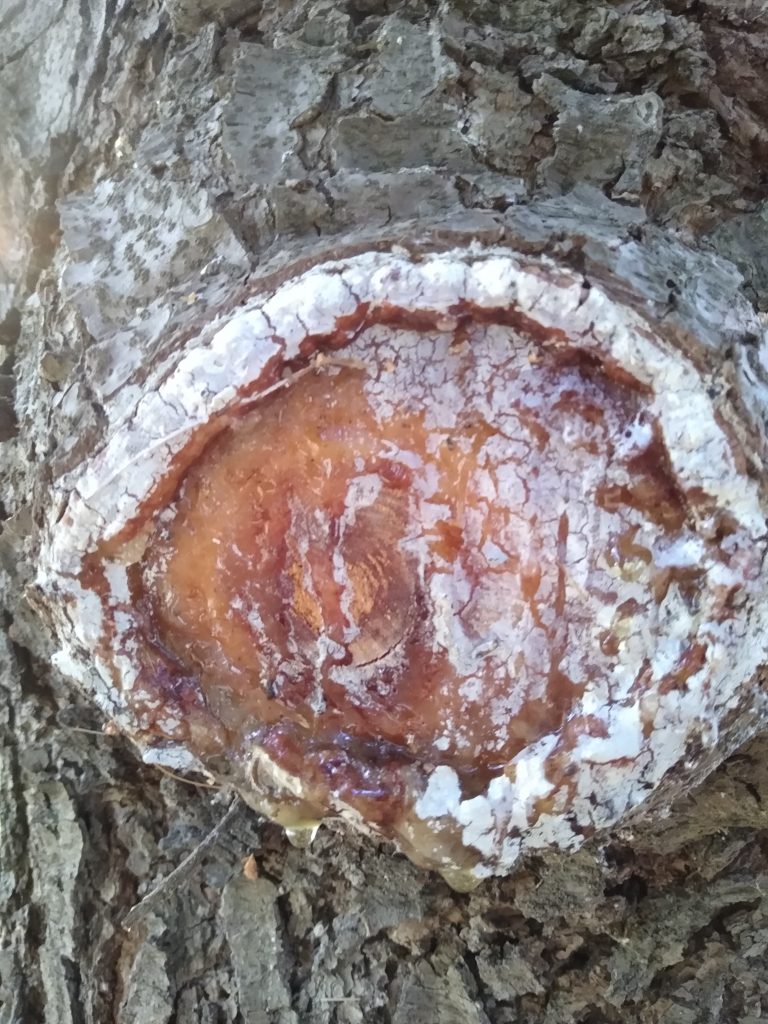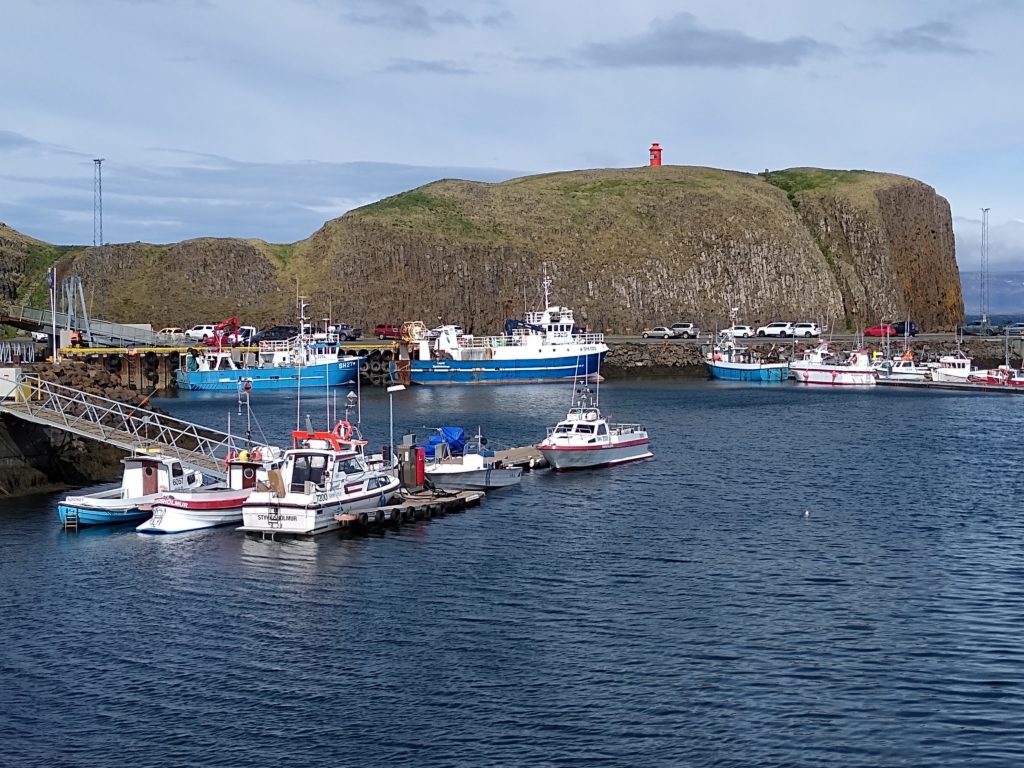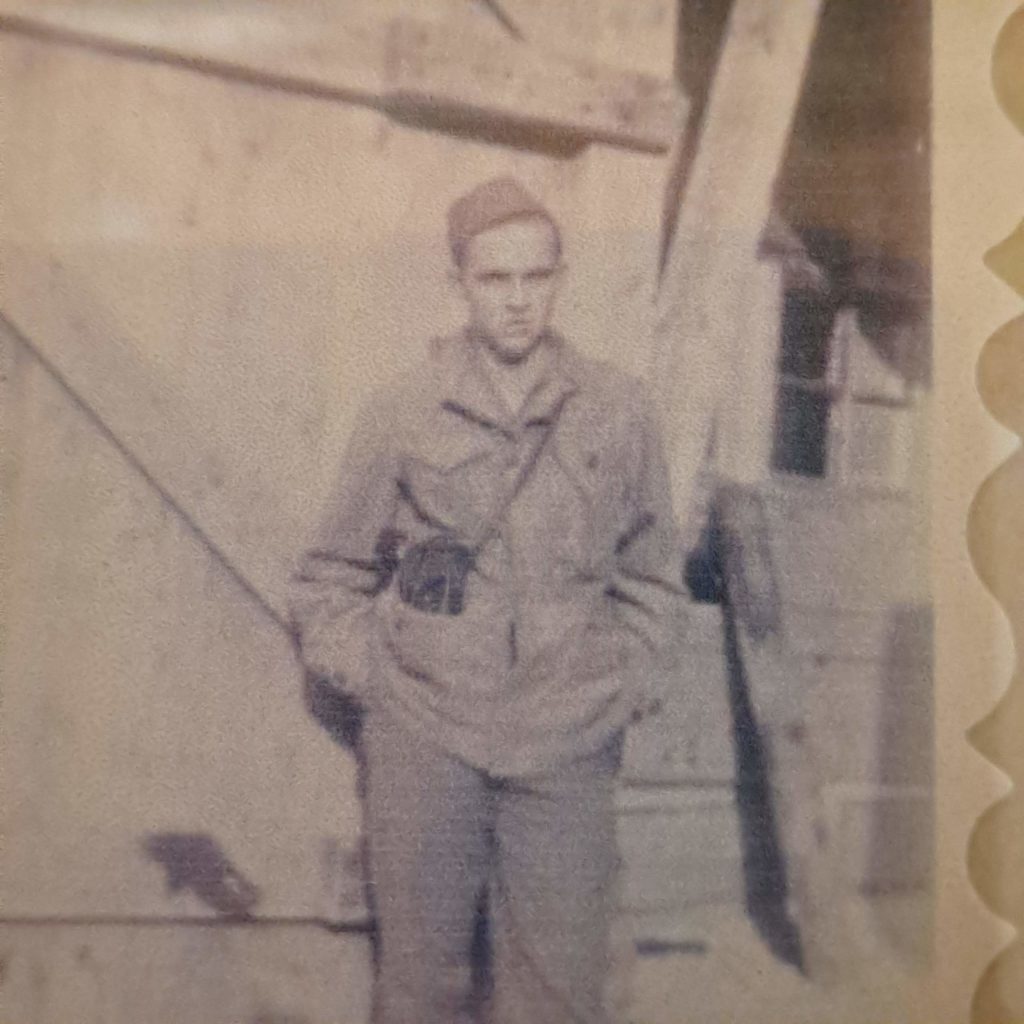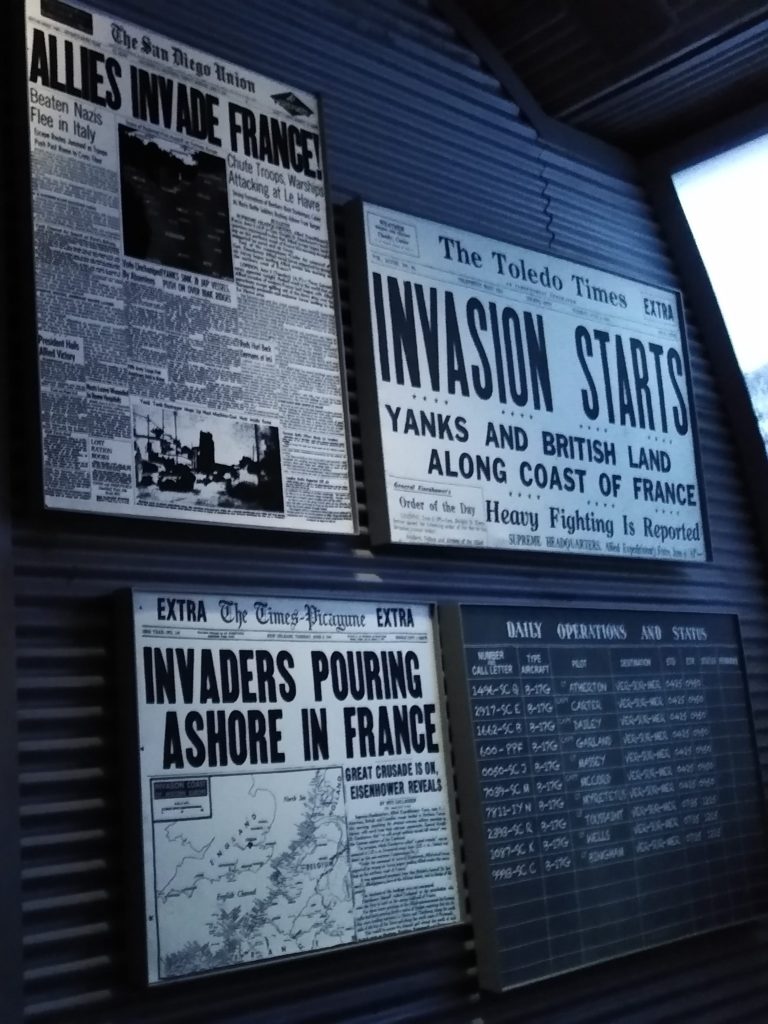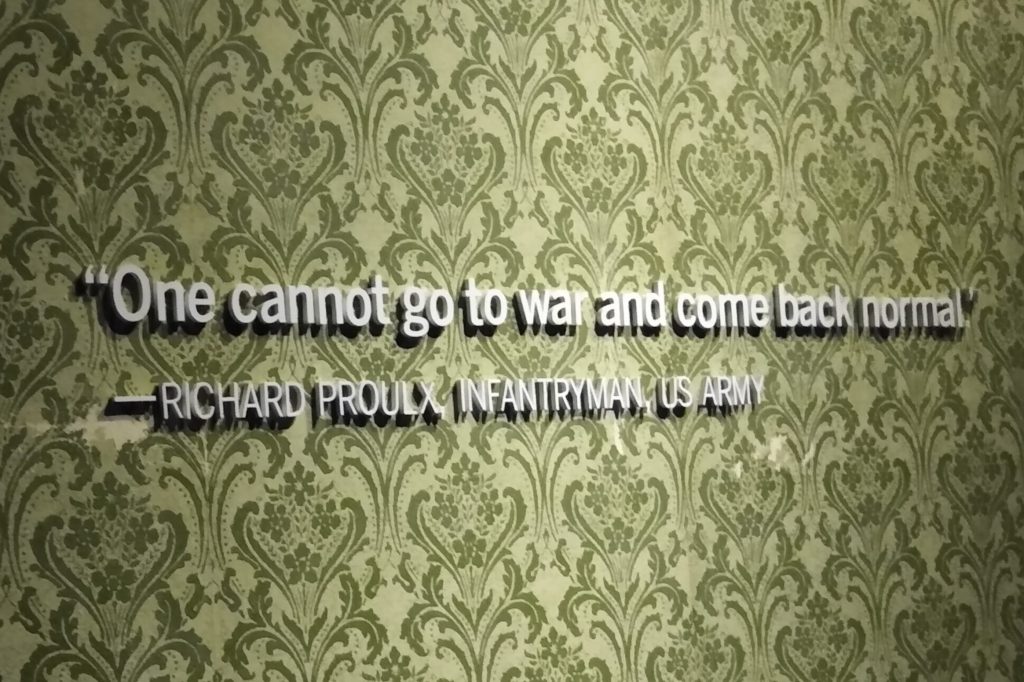I sat in the second row of our Citroën C4 van/car/shoebox as we bumbled down the pothole infested highway in southern Iceland. Shockingly enough, the strange little van-like, seven passenger car-thing held the six of us nicely, save for the crumpled last passenger in the back. Leave it up to Europe to come us with a vehicle that’s bigger on the inside than on the outside. Those tiny roads are the mother of invention.
We drove the southern coast of Iceland on the first day of our trip. The drive was lovely. Iceland displays sheep pasture and grazing lands, interspersed with jutting mountains, glaciers, and tiny towns—all of which rests along the coastline. Most Icelanders live near the coast, with fewer than 1,000 people living over 600 feet above sea level. And for the most part, the asphalt road was well maintained and smooth as glass.
But today was another story. We got a wild idea to drive across the island, to the north and west. With local bakery and local coffee under our belt, Jeramie jumped into the driver’s seat and we began our short journey.
We had driven along the southern coast a couple of days ago and thought we had an idea as to what we were doing. Easy driving ahead, we assumed. Our tiny French car tootled along nicely with Jeramie at the wheel. But the roads turned curvy and curvier. Narrow lanes grew narrower. Potholes sunk pothole-ier. And the wild land grew wilder. The southern part of Iceland is quite popular, with its interesting sites (like a 1970’s DC-3 Airplane crashed on a desolate black sand beach), and it’s fantasy-TV-esque waterfalls (Skógafoss waterfall was featured in both the TV show Vikings and Marvel’s Thor: The Dark World). But many other parts of Iceland receive much less attention.
This part of the road led us through a quiet land with fewer and fewer farms and tiny towns. I don’t want to say that it is a barren and desolated emptiness void of all life and color…but I might have to. The winding and bumpy road shook us into a batter of ready-to-be-poured human pancake mix. We all wanted a massage (I know a guy in Malaysia if you’re interested).
Up ahead, in the distance—what is that?
A mirage?
The end of the Earth? Shall we fall off its edge and perish?
No, a tiny café sat on a corner and beckoned us inside. We shook off the aches, eagerly removed the accumulated liquid waste from our bodies, procured another coffee, and crammed ourselves once more into the audaciously and inexplicable strong Citroën C4.
We drove on for quite some time again, before we arrived at the quaint and silent Stykkishólmur, poised on the edge the cold North Atlantic Ocean.
I often hear of the “middle of nowhere” or out of the way places. But rarely do I find them. Don’t get me wrong, tourists do come here…just not that often. Most of the people here make their money working on the fishing boats and nearby processing. A ferry also takes tourists from here to the Westfjords area each night. But just like everywhere else, they have a school, a grocery store, and restaurants. Just like the rest of Iceland, local artisans were at work in the shops, turning pieces of nothing into beauty. A little lighthouse sits at the tip of the tallest hill near the town, where the wind fights hard to keep it barren of plants and hikers. The views stun the viewer. Icy North Atlantic water never rests—a calm day doesn’t exist here. And today, the weather threatens, so the water crashes even colder and rougher. The delightful Stykkishólmur gave me everything I wanted in an idyllic fishing village. We even had fish and chips at a local eatery (you cannot beat the cod). It made getting there worth it.
